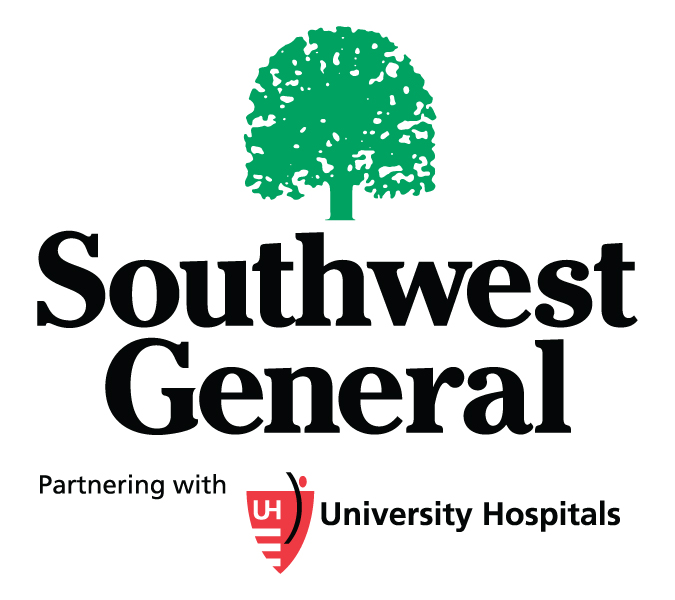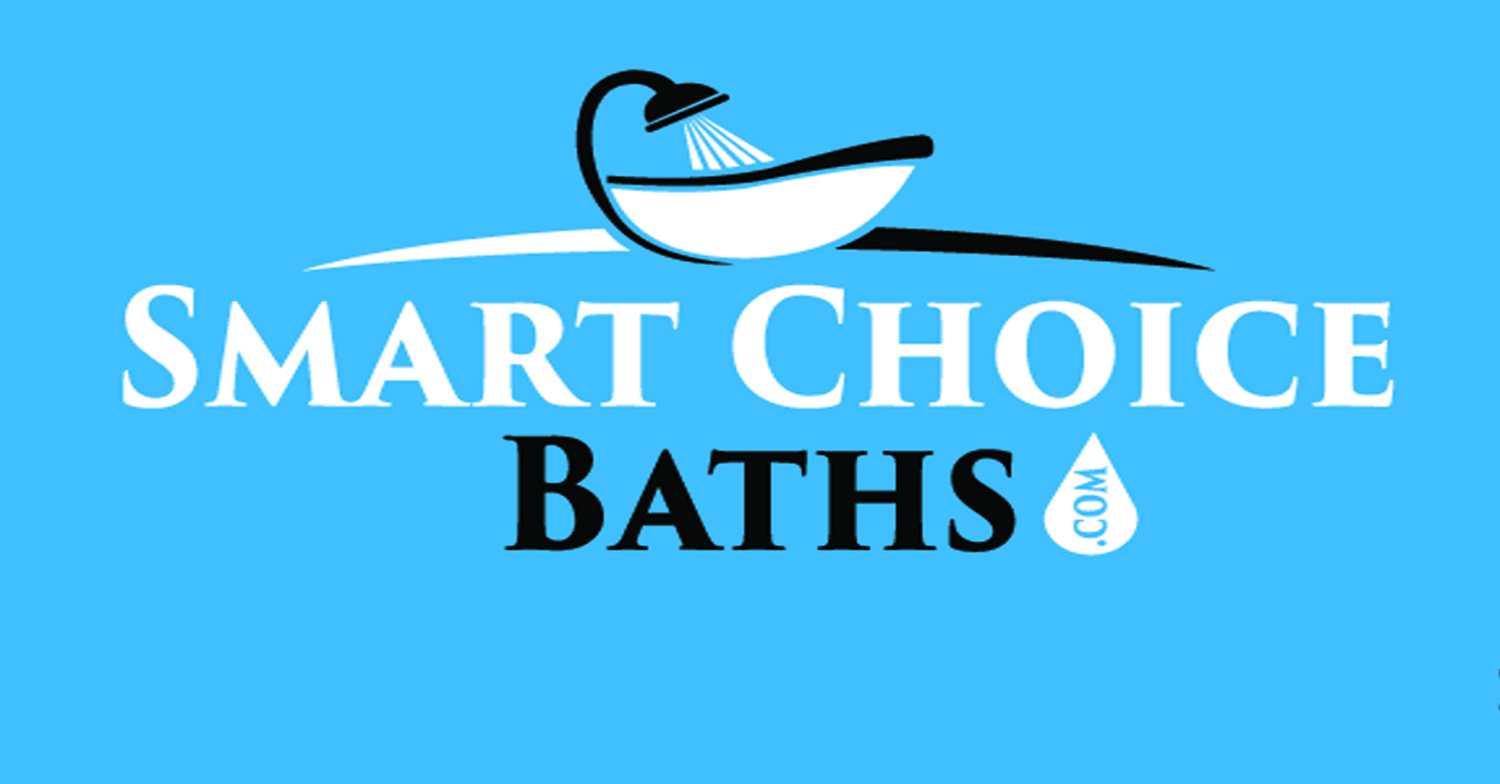At the April 10 regularly scheduled North Royalton School Board meeting, the Board resolved to support Ohio’s Fair School Funding Plan. They also resolved to oppose a proposed cap on School District Reserves. Both are included in the State’s proposed biennium budget.
Earlier this month, the Ohio House passed Ohio House Bill 96, the two-year operating budget totaling about $61 billion, which includes some proposed changes in school funding. According to a statement from the Ohio House of Representatives, “this budget provides public schools with $207.6 million more in FY26 than they received in FY25, and in FY27, that increases to $347.6 million above their FY25 support. This equates to a $555.2 million increase in state aid for public schools over the coming biennium. Under the House plan, every student in Ohio will receive more per-pupil funding from the State.”
The North Royalton Board of Education adopted a resolution that states the following, relative to the budget and the Fair School Funding Plan (FSFP). The resolution reads as follows:
“North Royalton Board of Education:
1. Expresses strong support for the continued implementation and full funding of the Fair School Funding Plan, including the use of updated, research-based cost inputs that reflect current economic conditions and student needs.
2. Rejects any proposals to cut funding from school districts currently receiving funding guarantees, as such actions would create financial instability and negatively impact students and communities.
3. Calls upon the Ohio General Assembly and the Governor to uphold their commitment to fair and adequate school funding by ensuring that the 136th General Assembly affirm the previous two biennial budgets that included the FSFP and continue fully funding the FSFP and updating cost calculations to reflect the actual cost of educating Ohio’s students.
4. Encourages fellow school districts, educational organizations, and community stakeholders to advocate for an equitable school funding system that supports all Ohio students and does not pit districts against one another in a zero-sum funding model.”
According to Biagio Sidoti, North Royalton School Treasurer, “their school funding formula considers research-driven number to get the calculation. It’s a good formula.” He added, though, that the need to put in the most current numbers. It was reported that the numbers used in the calculation for House Bill 96 were from data from 2022, instead of current data. Sidoti stated that the proposed budget would give the North Royalton School District $109,772 more for 2026 and $267,622 over the next two years. The proposed increase would amount to a .4% increase for the two year period, compared to about .8% in the previously approved budget.
The Board also adopted a resolution, relative to House Bill 96, opposing the Cap, as follows:
“The North Royalton Board of Education strongly opposes the carryover provision in the proposed Ohio school funding budget; and BE IT FURTHER RESOLVED, that the NORTH ROYALTON Board of Education urges the Ohio General Assembly to eliminate this provision and ensure that the budget supports the long-term financial stability and educational needs of Ohio’s public schools; and BE IT FURTHER RESOLVED that a copy of this resolution be forwarded to members of the Ohio General Assembly, the Governor of Ohio, the Ohio Department of Education and Workforce, and other relevant stakeholders to emphasize the need for continued investment in Ohio’s students and public schools.”
“In an effort to provide much-needed property tax relief to Ohioans, the bill implements a process for schools that carry forward more than 30% in unspent cash at the end of each year to be distributed back to Ohioans in the form of property tax relief, totaling more than $4 billion,” according to the House of Representative’s statement. “District cash carryovers have increased year over year since tracking began in 2012, from $3.6 billion then to $10.5 billion today. In FY24, 486 traditional school districts carried over cash greater than 30 percent of their expenditures for that year.”
Sidoti explained that “this is a general fund carryover balance as it relates to general operating expenses. It looks at one part moment in time, June 30, not our lowest cash flow month, January, would be. If you have a reduction, based on June 30, you may not have enough money in January.”
For the North Royalton School District, the five-year average of the carryover is about $20.6 million. (34%). It is currently at $24.3 million (40%), said Sidoti. He noted that the proposed decrease could “preclude us from doing what we need to do and make it a little bit difficult to plan for the future.” It also affects credit ratings. “Moody’s looks at the cash balance, along with other factors, and rates your credit worthiness to the bond holder in order to get a lower interest rate on the bonds. It’s important to maintain a credit rating that is high, which allows us to receive a lower interest rate, thereby saving dollars to the community.”
The biennium budget now sits before the Senate at the time of this writing. “I foresee some changes coming from the Senate,” stated Sidoti . The budget must be presented to the Governor for his signature by June 30, as the new state fiscal year begins on July 1.
By GLORIA PLEVA KACIK
Contributing Writer













